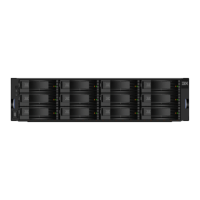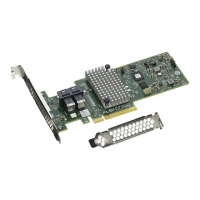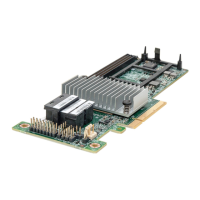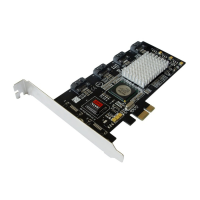s
simulation.
(1)
The representation of selected
characteristics
of the behavior of one physical
or
abstract system by another system. In a
digital
computer
system,
simulation
is done by software; for
example,
(a)
the representation of physical phenomena
by means of operations performed by a
computer
system, and (b) the representation of operations
of
a
computer
system by those of another
computer
system.
(2)
Contrast
with
emulation.
station.
(1)
An input
or
output point of a system that
uses telecommunication
facilities;
for
example, one
or
more
systems, computers, terminals, devices, and
associated
programs
at a
particular
location that can
send
or
receive data
over
a
telecommunication
line.
(2)
A location in a device
at
which an operation is
performed, for
example, a read station.
(3)
In
SNA, a
link station.
storage. A unit into which recorded text can be
entered, in which it can be retained and processed, and
from which
it
can be retrieved. See
also
memory.
subsystem. A secondary
or
subordinate system,
or
programming
support, usually capable of operating
independently of
or
asynchronously
with
a
controlling
system. The 3174 and its attached
terminals
are
an
example
of a subsystem.
switched
line. A telecommunication line in which the
connection is established by
dialing. Contrast with
nons witched line.
synchronous.
(1)
Pertaining to two
or
more
processes
that depend on the occurrences of a specific event,
such as common
timing
signal.
(2)
Occurring with a
regular
or
predictable
time
relationship.
Synchronous Data Link Control
(SOLC). A
discipline
conforming to subsets of the Advance Data
Communication
Control Procedures (ADCCP) of the
American
National Standards Institute (ANSI) and
High-level Data Link Control (HDLC) of the International
Organization
for
Standardization, for managing
synchronous, code-transparent,
serial-by-bit
information
transfer
over
a link connection.
Transmission exchanges may be
duplex
or
half-duplex
over
switched
or
nonswitched links. The configuration
of the
link connection may be point-to-point, multipoint,
or
loop. See
also
binary
synchronous communication
(aSe).
syst~m
configuration. A process that
specifies
the
devices
and
programs
that form a
particular
data
processing system.
Systems Network
Architecture
(SNA). The description
of the
logical structure, formats, protocols, and
operational sequences for transmitting information
units through, and
controlling
the configuration and
operation of, networks.
T
telecommunication-attached. Pertaining to the
attachment
of
devices by teleprocessing lines to a host
processor. Synonym for
remote. Contrast with
channel-attached.
terminal.
In
data communication, a
display
station
or
printer
capable
of
sending
or
receiving information.
terminal
adapter
(TA). An adapter that provides
control for a
maximum
of
32
terminals; each BNC
connector (four in
all) on the terminal adapter can
control
either
one terminal that is
directly
attached
or
as many as
eight
terminals
that
are
attached through a
terminal
multiplexer
adapter (located in the 3174)
or
a
3299 Terminal
Multiplexer
(located outside the 3174).
terminal
component. A separately addressable
part
of
a
terminal
that performs an input
or
output function,
such as the
display
component of a keyboard-display
device
or
a
printer
component of a
keyboard-printer
device.
terminal
emulation. The capabi I ity of a
microcomputer,
personal computer, 3270 CUT mode
display
station, 3270 printer, ASCII
display
station,
or
ASCII
printer
to operate as if it
were
a
particular
type of
terminal
linked to a processing unit and to access data.
terminal
multiplexer.
A device, such
as
the 3299
Terminal Multiplexer, for interleaving the signals for
many
devices
onto a
single
coaxial cable.
terminal
multiplexer
adapter (TMA). This adapter is
connected to the
terminal
adapter in the 3174 and
provides control
for
a
maximum
of
eight
terminals.
token. In a local
area
network, the
symbol
of
authority
passed among data stations to indicate the station
temporarily
in control of the
transmission
medium.
Note: A token is a
particular
message
or
bit pattern
that
signifies
permission to transmit.
Token-Ring Network.
(1)
A ring
network
that
allows
unidirectional
data
transmission between data stations
by a token-passing procedure
over
one
transmission
medium so that the transmitted data returns to the
transmitting
station.
(2)
A network that uses a ring
topology, in which tokens
are
passed in a
circuit
from
node
to
node. A node that is ready to send can
capture
the token and
insert
data for transmission.
Type.
In
the 3174 Establishment Controller, the
identifying
number
of a card. For example, 9150 is the
type
number
of the terminal adapter in the 3174.
X-10 IBM 3270 Information Display System 3174 Establishment
Controller
Introduction

